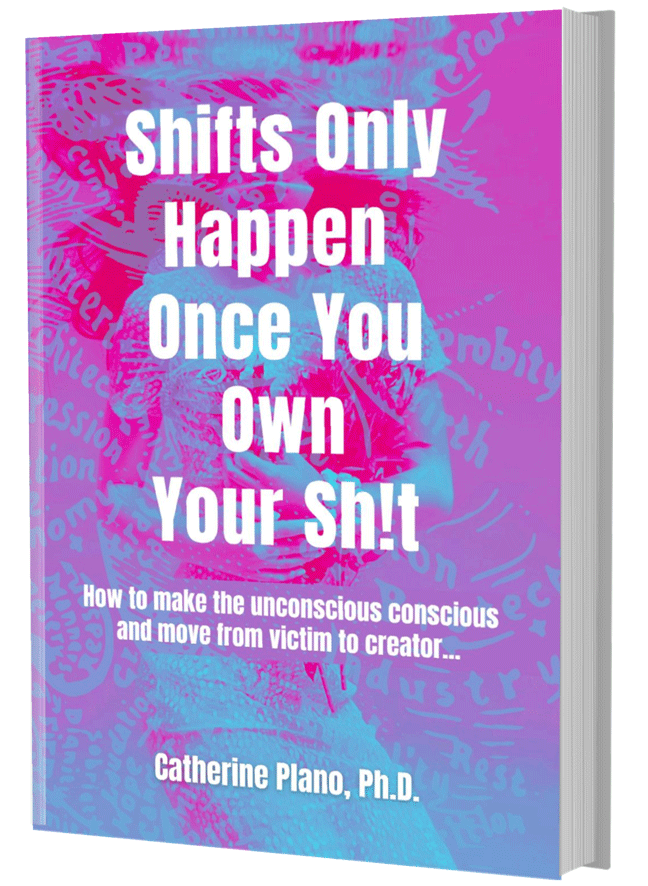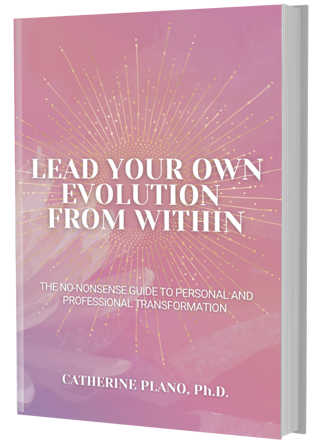Did you know that happiness creates success, and not the other way around?
Mental health is a key player when it comes to accomplishment and contentedness in all areas of life. Luckily for us, our brain is on our side when we aim to succeed. If we have basic knowledge of a few key areas and chemicals in our brain, we’ll know how to trigger them in order to fulfil our goals with greater ease. They’re not nearly as complicated to understand as you may think. In fact, they all create logical connections that can be supported just by making a few simple tweaks in your daily habits and routine. Here we introduce those chemicals in the brain that keep you feeling good.
1) Dopamine for Pleasure and Motivation
Dopamine allows us to feel bliss, pleasure, euphoria and motivation.
Dopamine is a chemical (neurotransmitter) that is used by the nerves to send messages. When a nerve releases dopamine, it crosses a very small gap in the brain called a synapse and then attaches to a dopamine receptor on the next nerve. Basically, when dopamine levels are depleted in our brain, our message can’t be transmitted properly. This, in turn, can have an impact on our behaviour, mood, cognition, attention, learning, movement and sleep. When we procrastinate, have feelings of self-doubt or we lack enthusiasm, these are strong clues from the brain that we are low on dopamine.
It’s super easy to increase dopamine levels; 8 hours sleep per day and regular exercise help to keep dopamine in balance. It’s also important to remember that the brain releases a little bit of dopamine when you achieve or succeed. One way to get a ‘hit’ of dopamine regularly is to break down big goals into smaller goals, more easily achievable chunks, so that you can keep getting ‘runs on the board’ and feel good about making process.
Of course, you should always celebrate all those ‘little’ wins. They’re helping you, step by step, to achieve the bigger goal. Any accomplishments, no matter how small they may seem, are definitely worth recognition. And you’ll boost your dopamine.
2) Endorphins Make You Happy
Endorphins are released into your bloodstream once you have exercised, leaving you feeling more energised and in a better mood for the rest of your day. Endorphins are the counter balance to stress, so the more endorphins you release, the less stress and anxiety you will experience.
Along with regular exercise, laughter is one of the easiest ways to induce endorphin release. This tells us one BIG thing… we need to have more fun! So, always keep your sense of humour handy.
There are some studies that attest that dark chocolate and spicy foods can help to release endorphins. Therefore, consider keeping a stash of dark chocolate and treat yourself to a curry every now and then for a quick endorphin boost.
3) Love is Blind with Oxytocin
Oxytocin – the love hormone –creates intimacy, trust and builds strong, healthy relationships.
Often referred to as the cuddle hormone, oxytocin is essential for creating powerful bonds and improving social interactions. As the name suggests, one very simple way to keep oxytocin flowing is to give someone a hug, not a handshake. There is research now to explain that a hug for up to 20 seconds a day releases oxytocin, which is a natural antidepressant and antianxiety agent.
Oxytocin is the hormone that allows us to feel love and connection. In fact, when we experience an increase of oxytocin, it makes us more intuitive to others’ needs. Even when someone receives a gift, his or her oxytocin levels can rise. You can strengthen work and personal relationships through a simple gift or a massive hug.
4) Serotonin Controls Our Moods
Serotonin flows when you feel satisfied, accomplished and important. However, a lack of serotonin can make you feel lonely, bleak and unhappy. Unhealthy attention-seeking behaviour can also be a cry for serotonin.
Our brain can’t tell the difference between what’s real and imagined, so it produces serotonin in both cases. This is why gratitude practices are popular; they remind us that we are valued and have much to value in life. If you need a serotonin boost during a stressful day, take a few moments to reflect on past achievements and victories. Alternatively, engage in a random act of kindness, or write a text or email telling one of your friends or partner how much you appreciate and value them. You can also spend a minute or two ‘reliving’ a moment in your head that you cherish. These are simple mood boosters, just because they increase serotonin. We also know that vitamin D (from the sun) helps to expand our brain’s serotonin production.
5) No Amygdala. No Fear
The amygdala, known as the ‘fright, freeze and flight centre’, manages connections and is directly involved with emotional wellbeing. Activating the amygdala in a positive way stimulates higher cognitive processes that improve creativity and intelligence while elevating positive emotions.
The amygdala processes positive and negative feedback depending on how we perceive an outcome. As a result, it makes us feel strong emotional responses that often lead to impulsive reactions. Keep an eye out for your emotional response as feedback because it has an essential role to play in determining whether we are consciously creating a desired outcome, or just reacting. Being the observer of your thought process can influence your amygdala. When the amygdala is stimulated in a positive manner, it sends signals to the frontal lobe or your brain.
When the amygdala signals go backwards, they generate a fear response. It is. In turn, handled by the lower level of your brain, also known as the reptilian brain. Needless to say, thinking motivated by this part of the brain is not well suited for modern society. Stimulating the amygdala with regular practice can help you enter a state of flow that results in losing yourself in total bliss, joy and creativity. Just do the things that you love and that make you happy.
6) Hippocampus: The Seahorse
The hippocampus is viewed as an associative memory system supporting the formation, storage, and retrieval of memories. Emotion and memory are very closely related, and you know how this plays out. Imagine you go to a work function: what are you going to recall or remember? The individual that made you laugh the hardest, the individual who pushed you aside at the bar as if you were invisible or the person that embarrassed you on your first day at work?
The next morning, what memory will your hippocampus recall? I’m guessing it will be the one that had the highest emotional impact, the laughing hardest.
So it would make complete sense that the limbic, emotional part of your brain is in charge of transferring information into memory. Your hippocampus is the part of the brain that appears to be absolutely necessary for making new memories. If we didn’t have it, we could not possibly experience being stuck in the past or the present. Keep in mind – as you change your mind, you can change your brain. This is known as neuroplasticity.
7) Will Power at the Prefrontal Cortex
Your pre-fontal cortex is that part of the brain that is right behind your forehead; its function is decision-making and regulating our behaviour, self-control and willpower. Looking after this section of our brain involves exercising will power. Yep – the more we use our self-control, the stronger it becomes (like any muscle). If you want to lose weight, begin saving money, start exercising – it’s all actioned here in this part of the brain. Try this: choose your new action and do it repeatedly or 21 days. If you miss a day, then you need to start again. Record your progress; you’ll see a remarkable difference from start to finish.
Astoundingly, we only use around 10% of our brains, yet we seldom think to invest in a little training every now and then. A new theory, neuroplasticity, has proven that we can change our brain. Your brain is a muscle. You need to exercise it regularly.
Do something different. Do something new. Stay curious. When you experience something ‘new’, it actually stimulates and transforms your brain. Don’t get stuck in a rut doing the same old things; the only way to change the structure of your brain is to explore, experiment and try something new to maximise how you use your brainpower.





